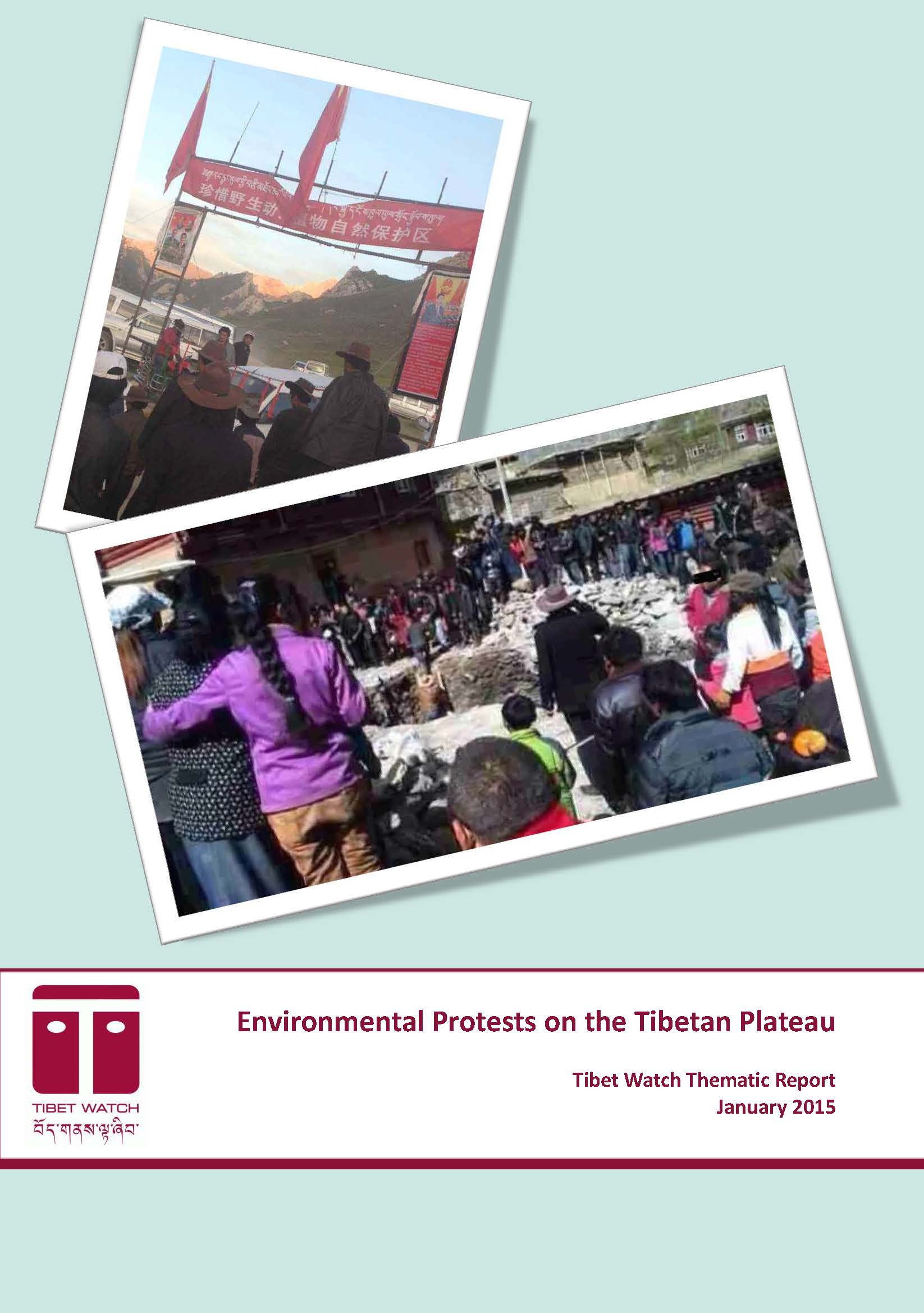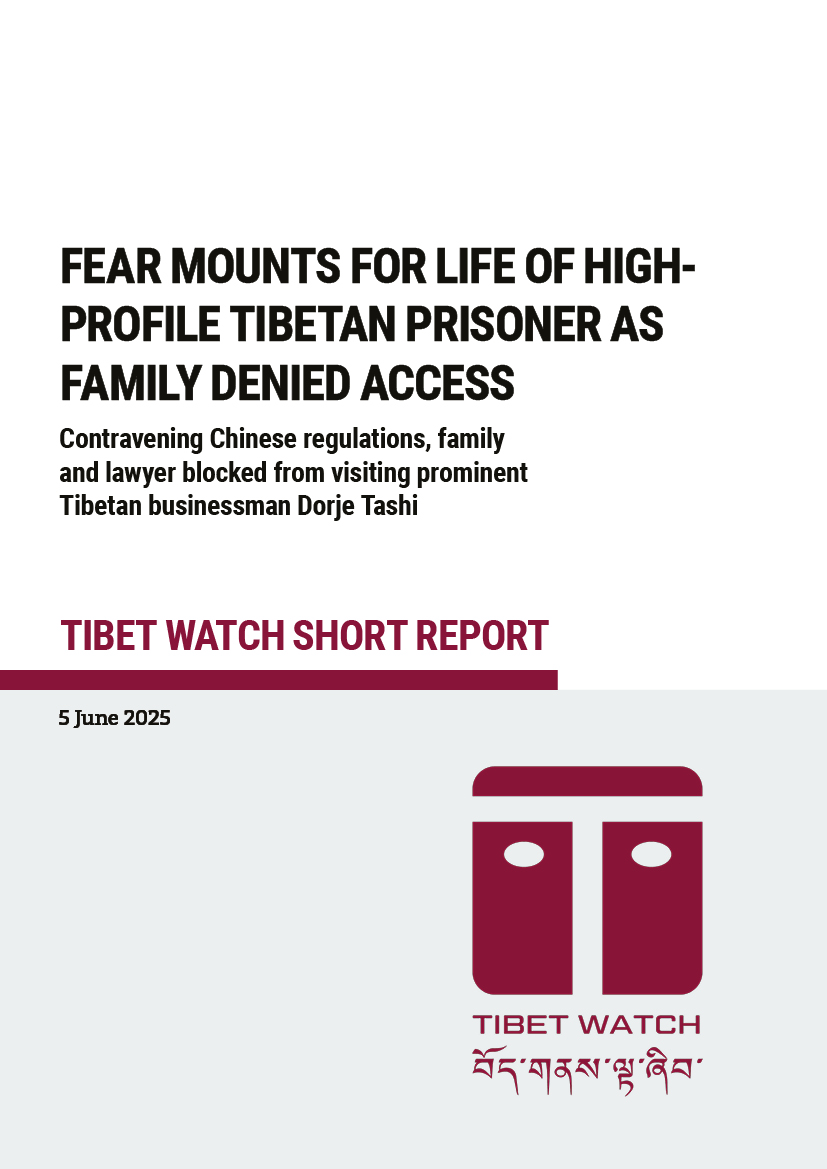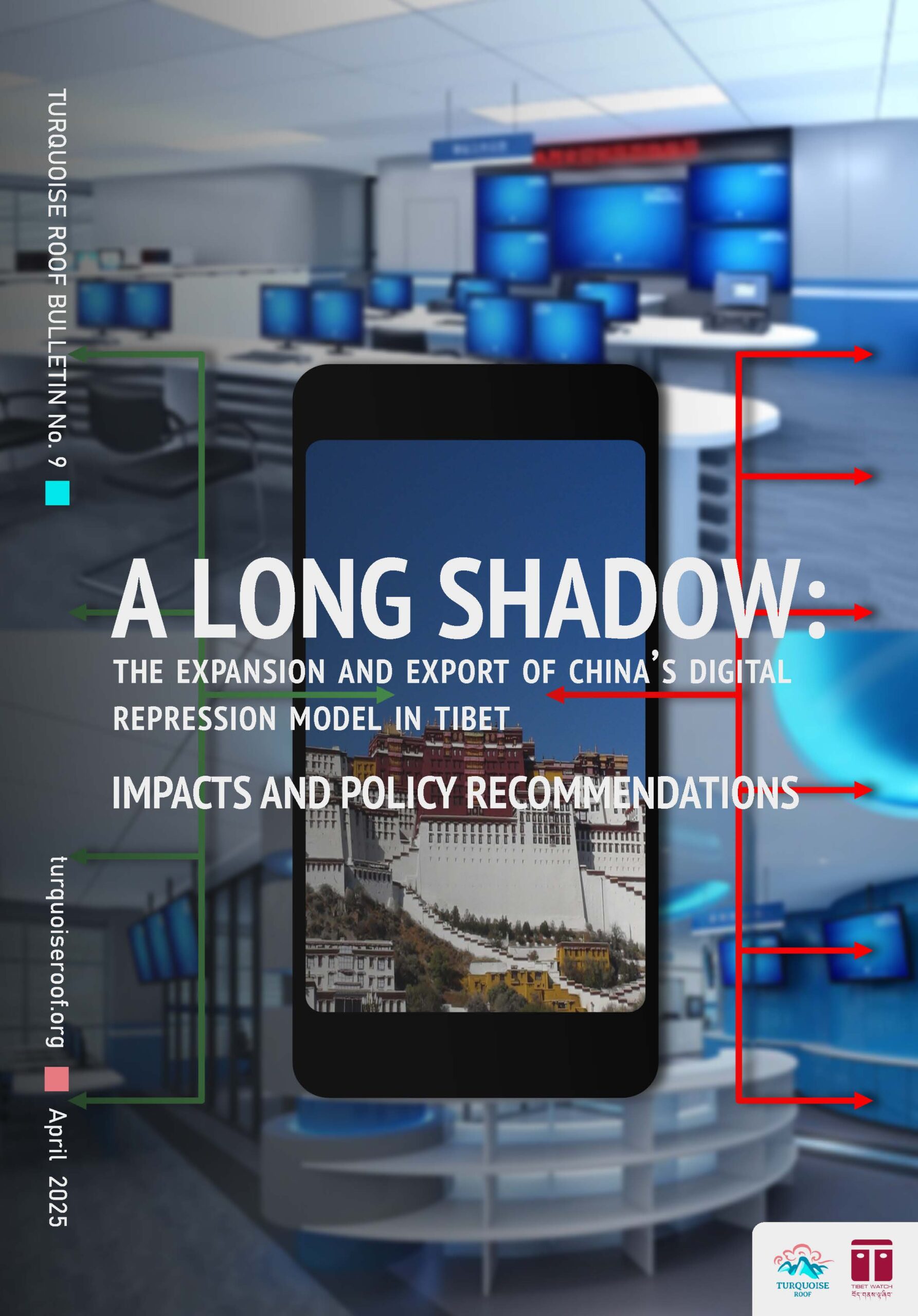
Introduction
The people of Tibet have a deep and heartfelt commitment to their homeland and protests against China’s environmental exploitation on the Tibetan plateau have long been a feature of Tibet’s resistance to the occupation.
Over the last few years Tibet Watch has noted the different forms that environmental protests have taken. As shown on the map below, the protests have taken place across all areas of Tibet. Some have involved significant numbers of people. Some have involved very creative ways of getting the message across. Some have been brutally suppressed. It seems China is determined to politicise any organised activity by Tibetans, regardless of the issue or how it is expressed.
The Tibetan Plateau is an area which covers around 2.5 million square kilometres (970,000 square miles) and encompasses the current Tibet Autonomous Region (TAR) as well as most of Qinghai Province and parts of the other neighbouring provinces – Gansu, Sichuan and Yunnan. With an average altitude of over 4,500 metres
(14,800 feet), it is often referred to as “the Roof of the World”. The climate is generally cold and there are areas of discontinuous permafrost. There are also hot springs, although some of these result in columns of ice as the water freezes on contact with surface air.
The plateau is rich in natural resources which China is now exploiting with increasing intensity. The minerals being mined include: antimony, boron borates, chromium, copper, gold, halite, iron, lead, lithium, mercury, molybdenum, nickel, platinum, silver, tin, uranium and zinc. There are also salt lake minerals such as gypsum, potash, magnesium and potassium, as well as fossil fuels including coal, oil and natural gas.
According to the researcher and environmental policy consultant Gabriel Lafitte, China’s 12th five-year plan (2011-2015) for Tibet centres on copper and gold. In particular he believes that copper extraction is poised to become “the ‘pillar industry’ China has long sought in Tibetan mineral wealth”.1 Certainly, much of the transport and infrastructure development in Tibet is aimed at facilitating the construction of mines and the extraction of minerals rather than, as China often claims, creating any benefit for local communities. China often boasts of its achievements in “developing” Tibet. It neglects to mention that the developments in question are designed to fulfil China’s vision for Tibet and are generally implemented without any consultation and often in the face of clear objections, even protests, from local people…


